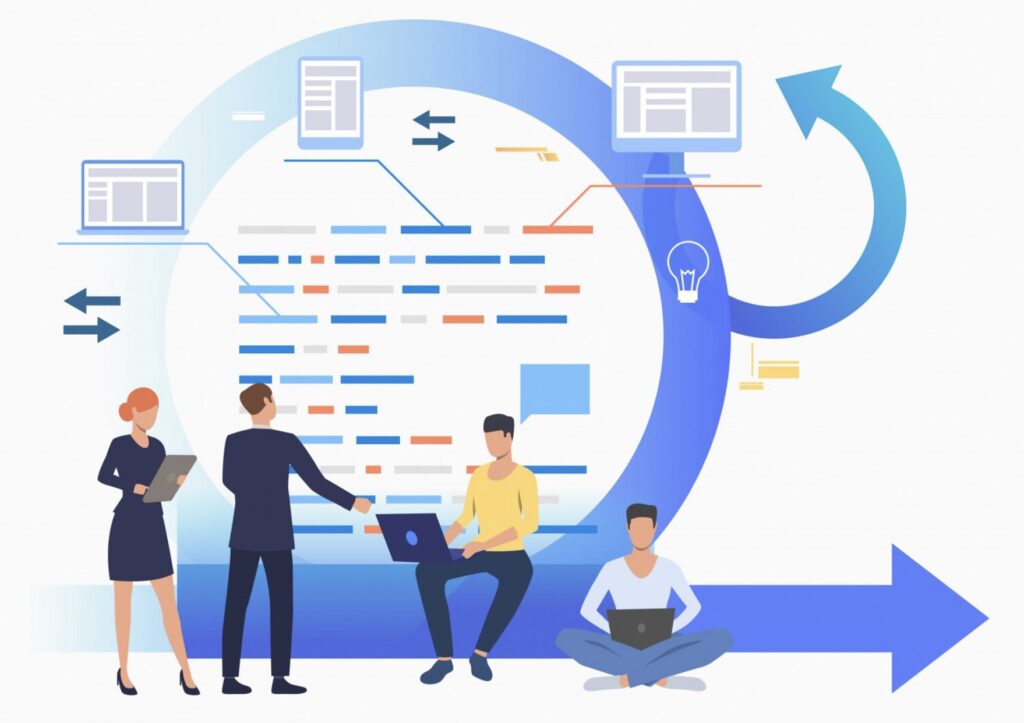The U.S. Department of Education has provided updated guidance on the federal IDR process for recertification after recent policy actions temporarily paused several aspects of income-driven repayment (IDR) plans. While online applications for IBR, PAYE, and ICR plans are expected to be available again on March 26, 2025, processing delays will continue.
Borrowers with upcoming or missed recertification deadlines will receive extensions based on their original timelines. Some borrowers will have their recertification pushed back by a year, while others may need manual adjustments by loan servicers to correct payment plan discrepancies.
A banner notification detailing these updates is now available on StudentAid.gov for borrower reference.

Recertification Dates Adjusted for Many Borrowers
The pause in the federal IDR process took effect on February 21, 2025, and determines when recertification dates shift and whether borrowers have missed their scheduled deadlines.
There are three primary groups affected by this adjustment:
- Borrowers with Recertification Dates on or Before February 20, 2025
Borrowers who missed the February 20 deadline and did not submit an application on time may have been switched to a standard repayment plan not based on income.
However, this does not remove them from their IDR plan entirely. Borrowers in this situation must reapply to reinstate their income-based payments.
If a borrower cannot afford their new monthly payment due to a missed deadline, they should contact their loan servicer to request a forbearance for temporary relief.
- Borrowers with Recertification Dates Between February 21 and March 17, 2025
For borrowers whose recertification was due between February 21 and March 17, those who submitted their applications before February 20 and had them processed are unaffected.
However, if their application is still being processed by their loan servicer, their recertification date will be extended by one year. Some cases may require manual processing, as eligibility for this extension depends on timely document submission under the federal NSA IDR process.
- Borrowers with Recertification Dates on or After March 18, 2025
For those whose recertification was due on or after March 18, 2025, their deadline will be automatically extended by one year. However, some borrowers in this group may have already seen their monthly payments increase. Loan servicers are working to restore previous income-based payment amounts as part of the NSA IDR process.

Because this is a manual process, adjustments may take time. Borrowers with later recertification dates, such as in July or August, are unlikely to experience further changes, as full processing is expected to resume by then.
If delays in the federal IDR process continue for more than two months, additional date shifts could occur. Borrowers should closely monitor their accounts to ensure they do not miss any deadlines.
Application Access Resumes, but Processing Remains on Hold
Following a federal court injunction that temporarily halted access, IDR applications for IBR, PAYE, and ICR plans are now available again. Online loan consolidation applications have also resumed.
However, processing remains paused while servicers update their systems to align with the court’s ruling.
At the same time, forgiveness benefits under SAVE, PAYE, and ICR plans remain suspended due to the injunction.
Borrowers should be aware that the SAVE plan’s future is uncertain. If they wish to apply for an IDR plan, selecting a specific repayment plan like IBR is recommended. Choosing SAVE or the “Recommended” option may result in rejection if the federal NSA IDR process is impacted by further legal decisions.
Organizations like No Surprise Bill specialize in helping practices and borrowers navigate the State and Federal IDR process efficiently. By leveraging their expertise in the No Surprise Act’s IDR system, they assist borrowers in managing dispute resolution and reducing administrative burdens during these uncertain times.
Limited PSLF Credit Options Available
Borrowers pursuing Public Service Loan Forgiveness (PSLF) during this period may have the option to switch to a PSLF-eligible IDR plan, such as IBR, or utilize the PSLF Buyback program.
The PSLF Buyback program allows borrowers to compensate for missed qualifying service months by making a payment equal to what they would have owed under an IDR plan.
To qualify for PSLF Buyback, borrowers must:
- Have an outstanding loan balance.
- Have verified qualifying employment.
- Reach 120 months of qualifying service after using the buyback option.
Borrower reports on platforms like Reddit indicate that the NSA IDR process is actively handling buyback requests.
Steps Borrowers Should Take Moving Forward
As the Department of Education continues updating systems and addressing legal challenges, borrowers should regularly check their loan servicer accounts and Federal Student Aid communications for the latest updates.
Being aware of recertification deadlines is crucial, as missing them can significantly affect monthly payment amounts.
For those considering enrolling in an IDR plan, it’s important to note that applications are currently not being processed. Submitting an application now means being placed in a queue until further updates are provided.
Additionally, borrowers should carefully select a repayment plan that will remain available. While the SAVE plan is still an option, its future is uncertain, and selecting it could delay or prevent IDR application approval under the federal NSA IDR process.
By staying proactive and monitoring updates, borrowers can ensure they are prepared for any changes in the federal IDR process and their recertification timelines.




